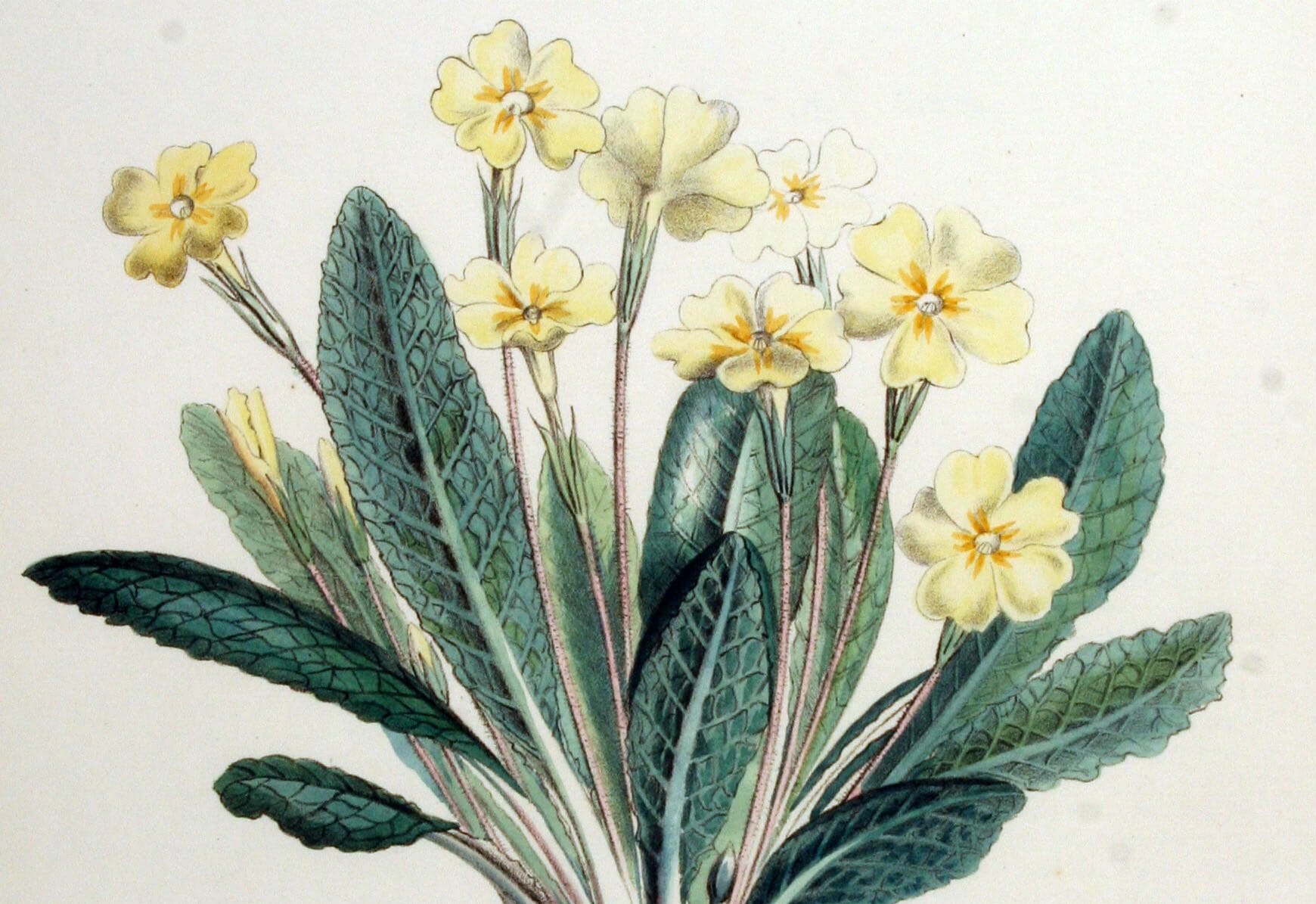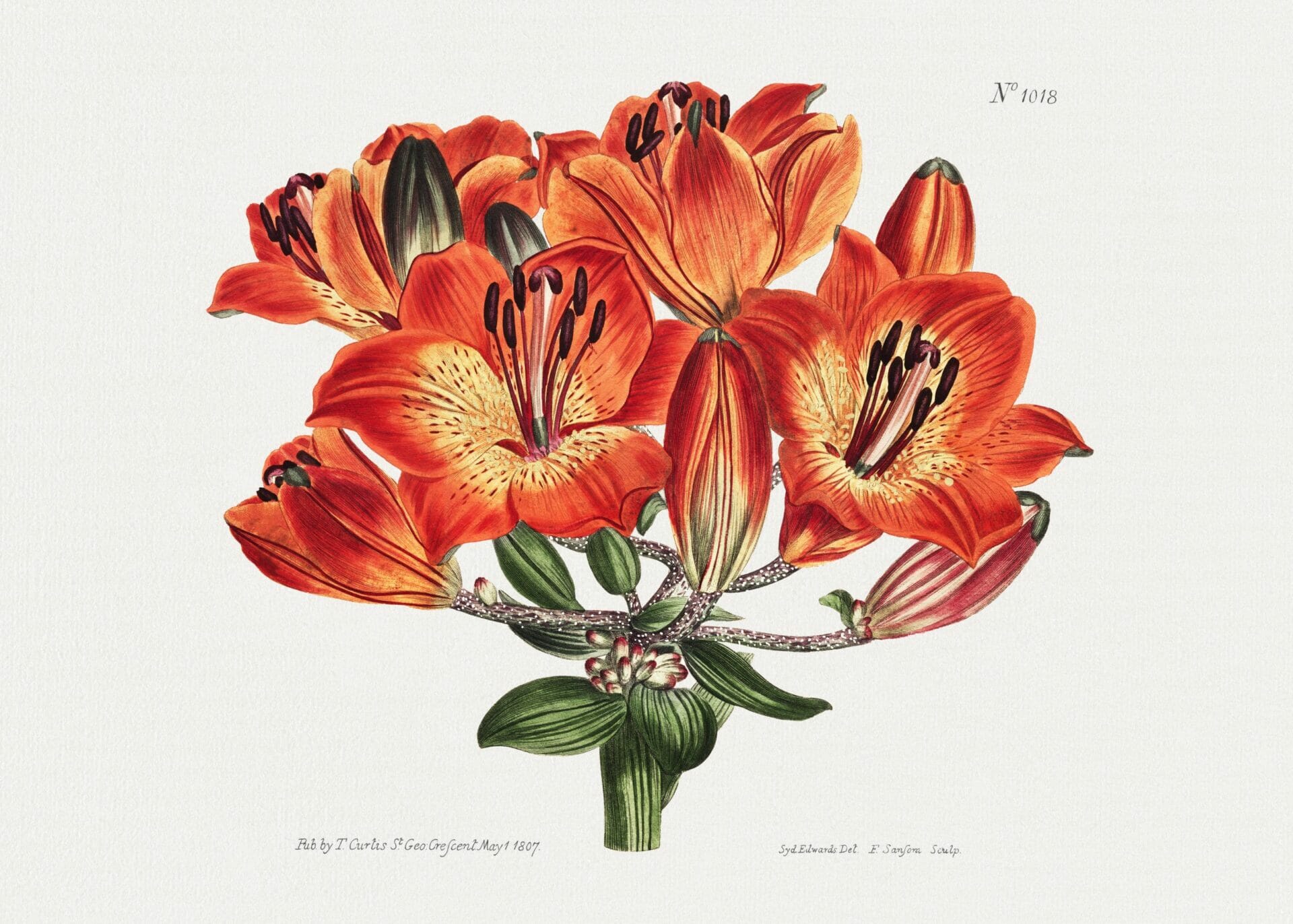
Essere giovani | A philosophical journey about youth
Author
Year
Format
In Essere giovani Leonardo Caffo mixes philosophy and autobiographical anecdotes. The 33-year-old Italian author ponders what it means to be young in a world where growing up usually involves abandoning youth. Yet, Caffo argues that humans can grow up whilst avoiding becoming adults. They can mature and grow while staying young as a constant approach to life.
The philosophical influence
Essere giovani is an unusual book with one-hundred short chapters and images displaying memories of Caffo’s life. His author is a young philosopher from Catania, Sicily, best known for his philosophical ideas on contemporary posthumanism and antispecism. Today, he teaches philosophy at the University of Turin.
The book is a shrine of literary and philosophical references. Most citations date back to the pioneers of existentialism, according to which human existence – as a concrete and bodily experience – must be the primary focus of philosophical inquiry. To name a few, some major existentialist sources in Essere giovani are Being and Time by Martin Heidegger and the Zibaldone by Italian poet Giacomo Leopardi who, forever young, died at the age of 37.
The philosophical meaning
For Caffo, being young refers to an open state of possibilities, as life has barely begun. Young people are open to the power of wonder: everything is new and can be exciting. And it is precisely from the ability to be overwhelmed by this sense of wonder that philosophy originates.
Moreover, in Essere giovani, youth is associated with the constant exercise of living in the present moment. In the words of the Latin poet Horatius that means Carpe Diem, or ‘seize the day.’ A concept that Florentine statesman and patron of arts and letters Lorenzo de’ Medici majestically paraphrases in the Triumph of Bacchus, by highlighting the uncertainty of tomorrow and, as a consequence, the importance of enjoying the present day. Or, as another eccentric philosopher of the 20th century, Ludwig Wittgenstein, put it:
Only the one who lives in the present lives eternally.
More about youth
Another critical point of reference for Caffo is J. D. Salinger‘s The Catcher in the Rye, where a young rebel named Holden defies the stereotypes of American society. It is the novel of questions, of becoming, of rebelliousness, realness, and beauty. It is a novel that talks about a boy immersed in the present moment, which, in Caffo’s work, identifies with the state of being young. Youth is beautiful because it is present, real, vivid, and a perennial question mark. It is an endless highway of possibilities.
Most importantly, the mode of existence Caffo calls ‘youth’ has nothing to do with age. It is an art, an attitude to life that belongs to everyone, not in spite but also because of the wrinkles on someone’s face. An idea illustrated in a movie of the same name, Youth, by Italian film director Paolo Sorrentino.
As someone who is leaving youth behind, Caffo wants to leave a significant impact on the reader. His main message is that living in the present means nothing else that being young. And being young is an attitude, not only a number on an identity card.
Tag
Buy a ☕ for Hypercritic









